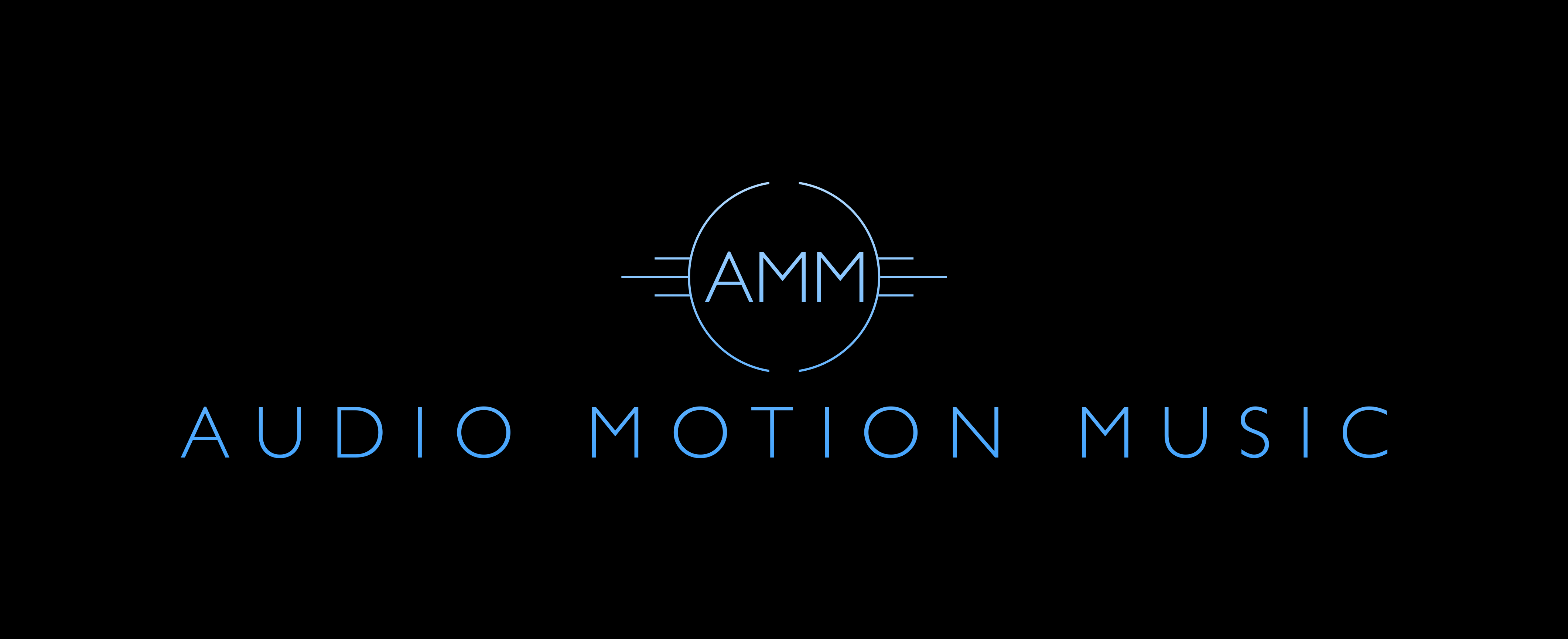As the digital world continues to evolve and expand, it’s becoming increasingly important for individuals and businesses to understand the legal principles of copyright law. One of the key concepts in this area is fair use, which can impact how you use and share content online. In this article, we’ll take a closer look at what fair use is, how you can determine if your use of copyrighted material qualifies as fair use, and what you need to know to protect yourself from potential legal issues.
What is Fair Use?
Fair use is a doctrine in United States copyright law that provides a limited exception to the exclusive rights granted to the owner of a copyrighted work. In other words, it allows for the limited use of copyrighted material without obtaining permission from the owner. The purpose of fair use is to allow for the use of copyrighted material for the promotion of creativity, the advancement of knowledge, and the protection of free speech.
How to Determine if Your Use of Copyrighted Material is Fair Use
When determining if your use of copyrighted material qualifies as fair use, there are four factors that you need to consider:
- Purpose and character of the use: This factor looks at whether the use is commercial or nonprofit and whether the use is transformative. Transformative uses, such as creating a parody or criticism, are more likely to be considered fair use.
- Nature of the copyrighted work: This factor looks at the type of work being used, such as whether it’s factual or creative. Factual works are more likely to be considered fair use, while creative works, such as novels and songs, are less likely to be considered fair use.
- Amount and substantiality of the portion used: This factor looks at how much of the work is being used and whether that portion is considered to be the “heart” of the work. The smaller the portion used and the less significant it is to the overall work, the more likely it is to be considered fair use.
- Effect of the use on the potential market for the work: This factor looks at whether the use is affecting the potential market for the work. If the use is not affecting the market, it’s more likely to be considered fair use.
Protecting Yourself from Legal Issues
While fair use can provide a limited exception to the exclusive rights granted to the owner of a copyrighted work, it’s important to remember that it’s not a guarantee. In order to protect yourself from potential legal issues, it’s important to take the following steps:
- Consider the four fair use factors before using any copyrighted material.
- If in doubt, obtain permission from the owner.
- Keep records of your fair use analysis, including the four fair use factors and any other relevant information.
- Consider seeking the advice of a lawyer if you’re unsure about whether your use of copyrighted material qualifies as fair use.
In conclusion, fair use is a complex and evolving area of copyright law, and it’s important to understand the principles and considerations involved in order to make informed decisions about how you use and share content online. By taking the time to understand fair use and protect yourself from potential legal issues, you can enjoy the benefits of the digital world while staying within the bounds of the law.
